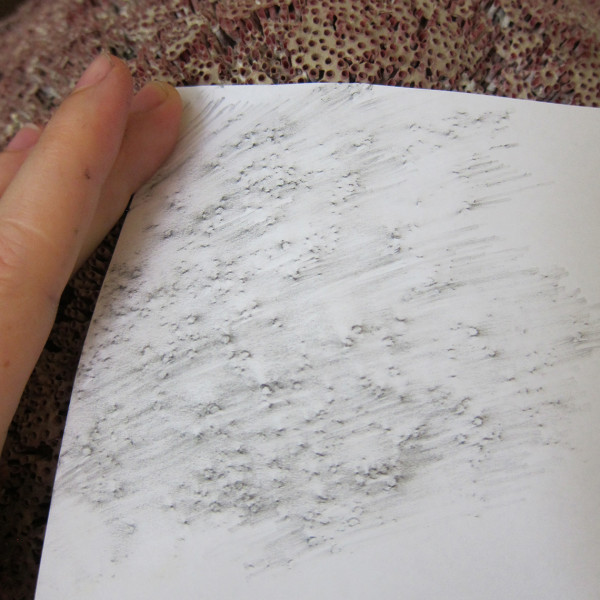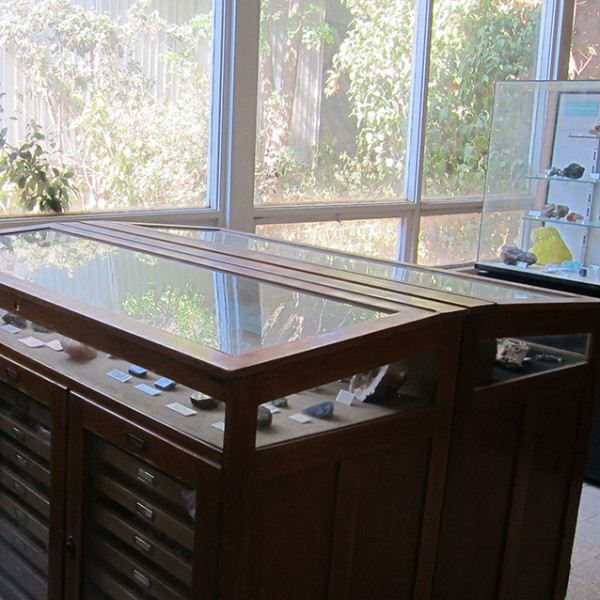The ocean is a sink of the carbon dioxide released by human activity, absorbing roughly one third. This process results in less global warming for us, but in increasing difficulties for marine life.
Calcifying organisms like corals, already threatened by human activity like tourism and fishing, have to invest more energy for maintaining their skeleton against the increased dissolving effect of sea water.
Scientists study the beautiful shapes invented by the evolution across millions of years like this coral specimen from the Red Sea conserved at Jerusalem university, finding which regions are more vulnerable to climate change.
Access to the specimen courtesy of the Fredy & Nadine Herrmann institute of earth science.



